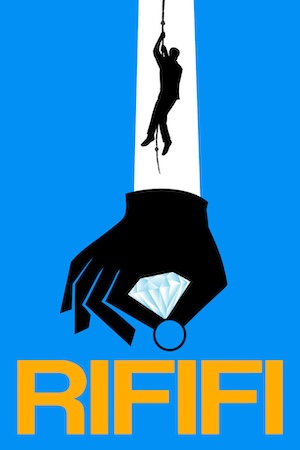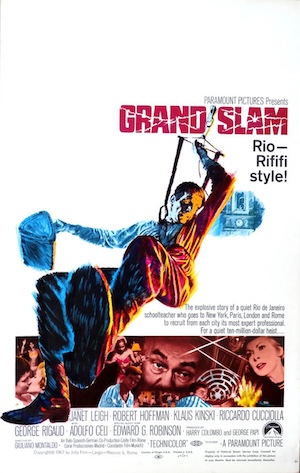I’m on the Lake Shore Limited today, heading back to Michigan by way of Toledo. This is my 29th trip on the Lake Shore Limited, for a total of 23,596 miles. That’s about 20% of my Amtrak mileage, and slightly edges out the Capitol Limited (33 trips for 23,375 miles). I’ve got a complicated relationship with this train. I broke up with it in early 2013, only to make a rapprochement in 2017.
I made my first trip on Amtrak’s Lake Shore Limited on May 31, 2009, when I traveled out to a NITLE conference at Smith College in Northampton, Massachusetts. I was living in Kalamazoo, Michigan, at the time. I took the Wolverine down to Chicago and endured a long layover–back then the eastbound train left at 10 PM, Central Time. I rode in the Boston coach out to Springfield, Massachusetts, where I caught a Peter Pan bus up to Northampton.
My notes from that trip mostly concern trying to get an internet connection through a tethered Blackberry that I’d borrowed from my department. Based on that experience, I developed some long-standing beliefs about cell signal strength in various parts of the country. What I left out then is that I was used a Gateway laptop dual-booting Windows and Ubuntu, and the kludged-together open source software for tethering over Ubuntu was way less reliable than the official supported stuff on Windows. Thing is, I didn’t want to be booted into the Windows side, because all my development tools were on Ubuntu. These days the Lake Shore Limited has WiFi (it works sometimes), and hot spotting from my phone is infinitely more reliable than tethering. Cell phone networks have come a long way in 15 years.
Read More





